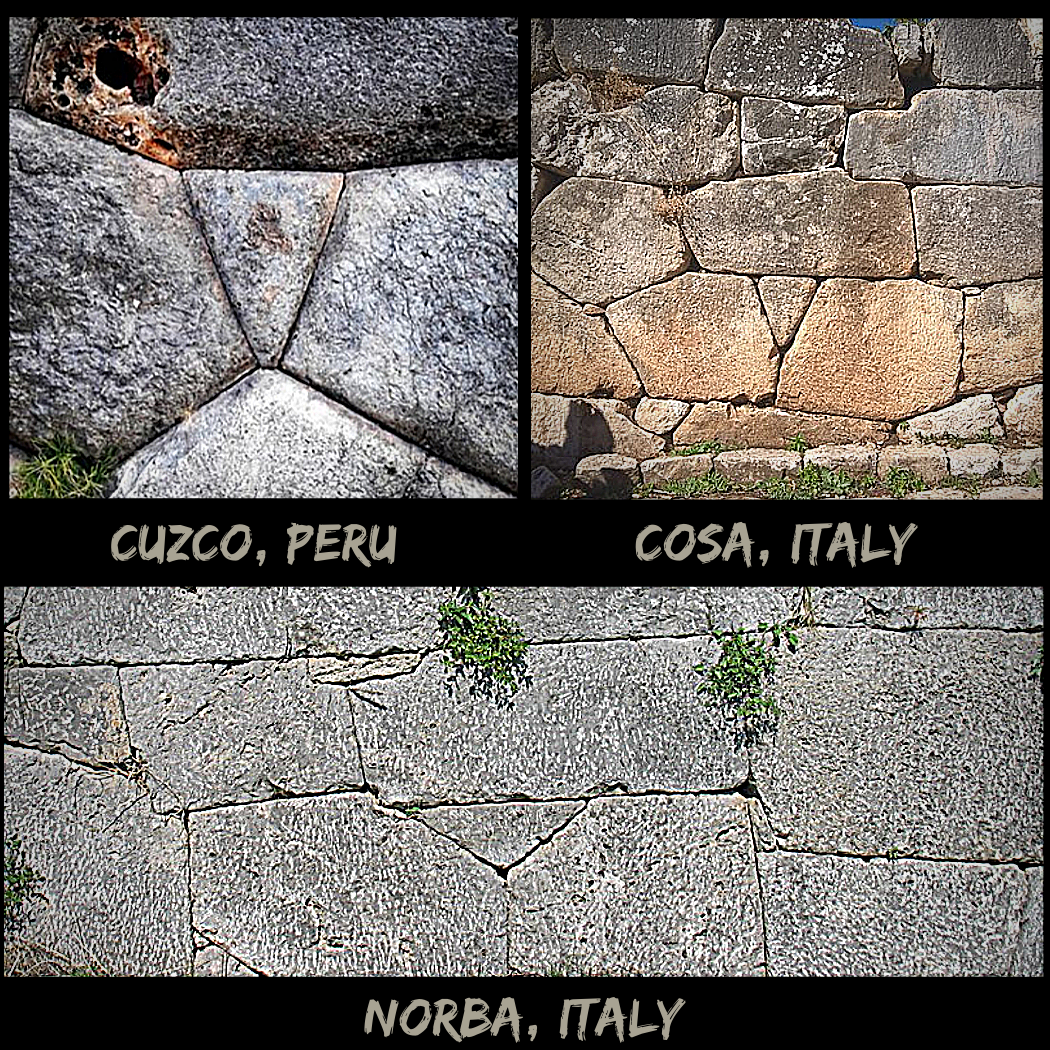Anti-Seismic Megalithic Walls: The V Pattern

A Global Legacy: The Timeless Craft of Anti-Seismic Megalithic Walls
Across the globe, ancient sites reveal a fascinating phenomenon: anti-seismic megalithic walls, constructed with remarkable precision, stand resilient against the test of time and nature. These monumental structures, found in diverse regions, point to a mysterious shared knowledge among their builders, who lived in distant lands yet crafted similar architectural marvels without any known contact.
In our previous discussion, we explored the intriguing interlock of smaller stones nestled between larger blocks, serving as energy dischargers during earthquakes. This concept echoes through another innovative technique: the use of small V-shaped stones embedded between two diagonally cut blocks. These V stones perform a crucial role, stabilizing the walls and preventing collapse during seismic events.
This unique construction method can be traced from Xanthos in Turkey to Greece and across Italy, including places like Santa Marinella and Alatri. Remarkably, we also find similar designs in South America, particularly in Cuzco and Machu Picchu. Despite the geographical distances and cultural differences, these structures share a vital feature: exceptional anti-seismic properties that have allowed them to endure countless earthquakes and cataclysms over the centuries.
The similarities among these ancient techniques suggest the existence of a sophisticated, global culture that thrived long ago—one that possessed advanced knowledge of engineering and construction far beyond what we often credit them for. Later civilizations, such as the Romans, Mayans, and Incas, built around these enduring walls, which served as a solid foundation for their own structures. This leads modern archaeologists to propose that a singular, advanced culture may have laid the groundwork for these impressive feats of engineering.
However, the remnants of later renovations tell a different story. While Romans and Incas erected their structures atop these ancient walls, their adaptations often lacked the finesse of the originals. The records of Roman achievements are extensive, yet they contain no mention of polygonal walls—suggesting that their construction was either unknown or unacknowledged by them.
The inability to date stone means the origins of these megalithic walls remain shrouded in mystery. However, the evidence is clear: the older walls exhibit greater complexity and sophistication, indicative of a deep understanding of engineering principles that many modern civilizations could only aspire to replicate.
This interconnectedness of ancient builders, separated by vast distances yet united by a common knowledge, invites us to rethink our understanding of history. These megalithic walls are not just architectural feats; they are a testament to a forgotten legacy of ingenuity that transcends time and geography.
